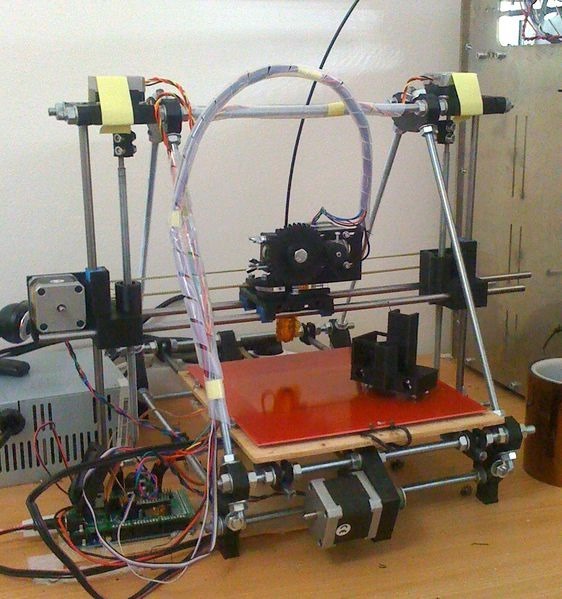Home Manufacturing Part 5b
- Posted in:
- Home Manufacturing
- Electronics
I decided to do a follow-up on my previous post about Electronic Tools to talk briefly about parts.
With regards to parts, this is one area where being a hoarder can be an advantage. I find that there are three main sources I use for components. Firstly is to put an order in with a supplier like Element 14 or RS Components (there are others, but these are the main two I use). They are good because they carry a large range of components (and carry plenty of stock), you can order online (including free shipping in these cases), and provide fast turn-around times. The downside being that you have to plan and order in advance.
The second place I tend to obtain components from is one of two local retailers. In my case that's either Jaycar or Altronics. Being local it is easier to take a quick trip to the shops if I need something in a hurry. The downside being that they have a far smaller range of stock.
The third place I will source components from (that can sometime easier) can be from other old / broken electronics. As a habit now, any electronics that are broken / being thrown out I will disassemble and see what parts I can salvage off them. The advantage is that I have a ready supply of various components that are alawys on hand for those cases where I need something over an above what I thought I would need in the original order. It can also be a good time to practice your soldering / desoldering skills.
One thing I should mention is that, in electronics, there are two main categories of circuit components: Through-hole and surface mount. Generally when you are starting out in electronics, through-hole components can be easier to work with. As you get more advanced, or the types of circuits you are building require it, you can move onto surface mount components. (see the links for more details on the two types of technologies). In old equipment I am disassembling, through-hole components are generally easier to remove and reuse. However, they are also becoming less and less common in electronics, as surface mount component have several advantages for large scale manufacture.
Just be sure that, regards of where you get your components from, you have a good storage system with good labelling. Otherwise it doesn't matter how many components you have, because you won't be able to find the one you need.
